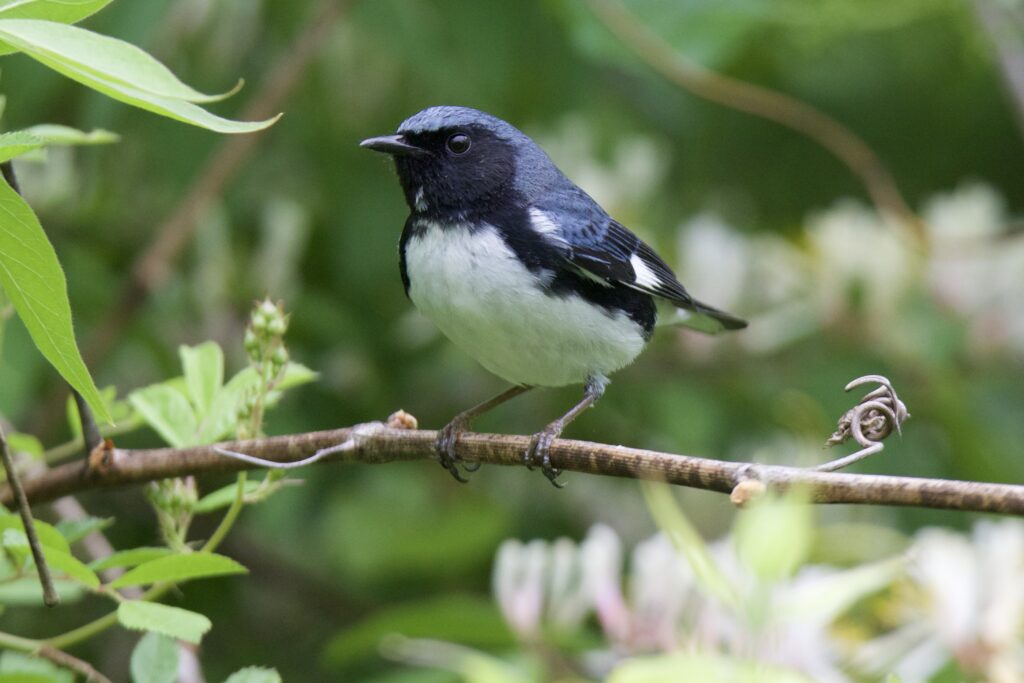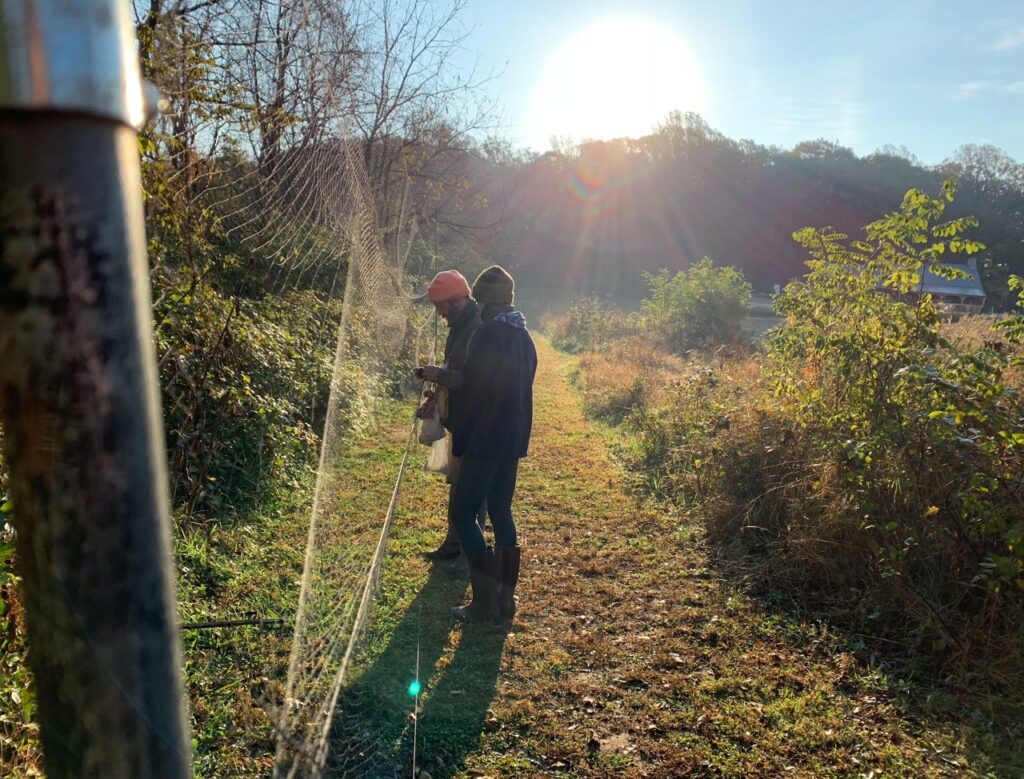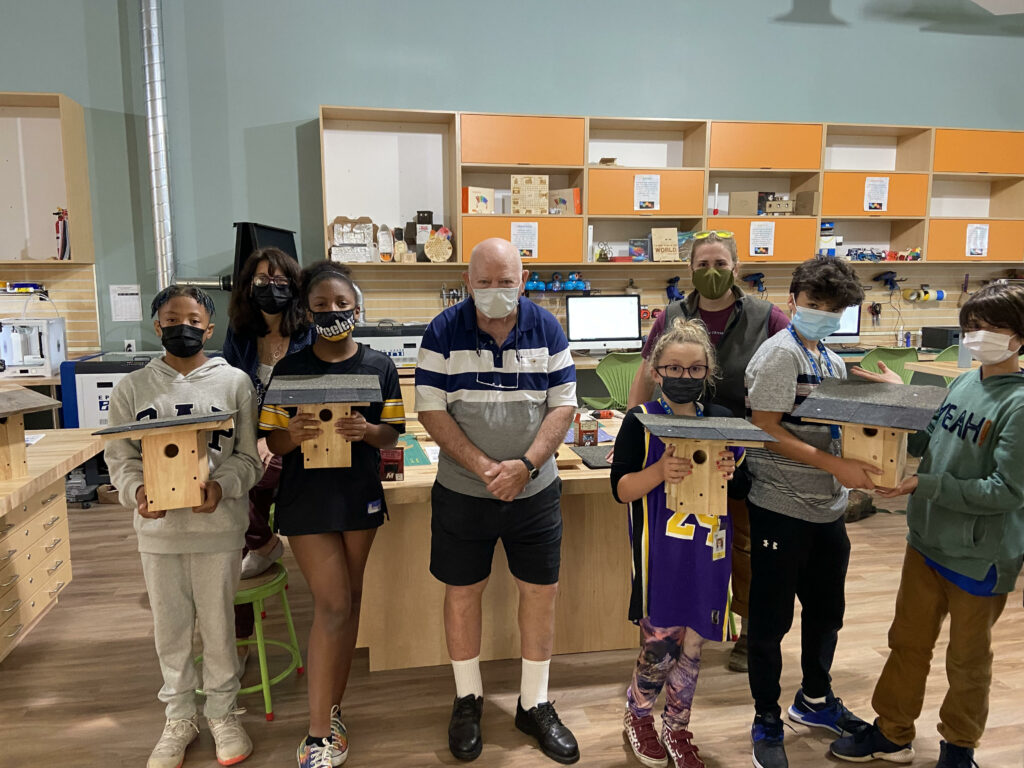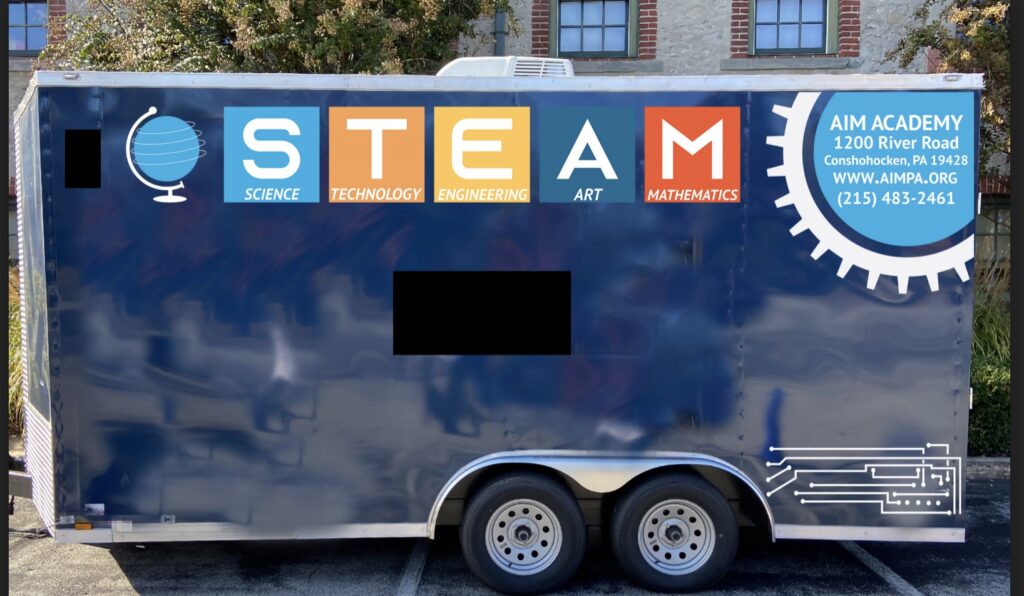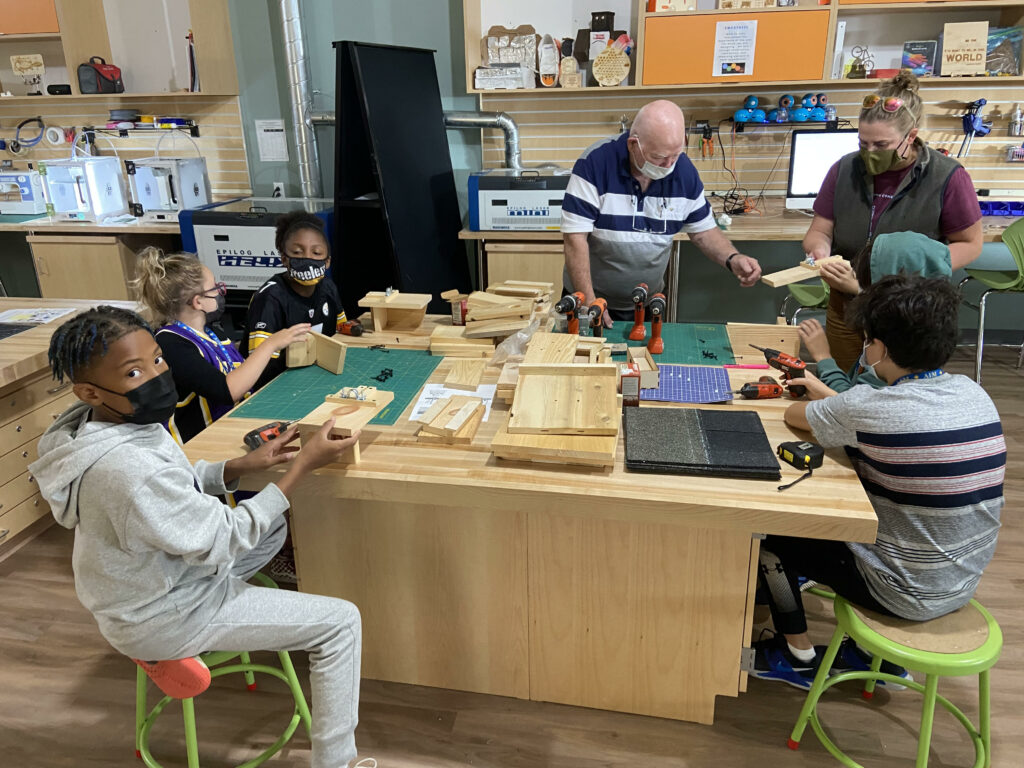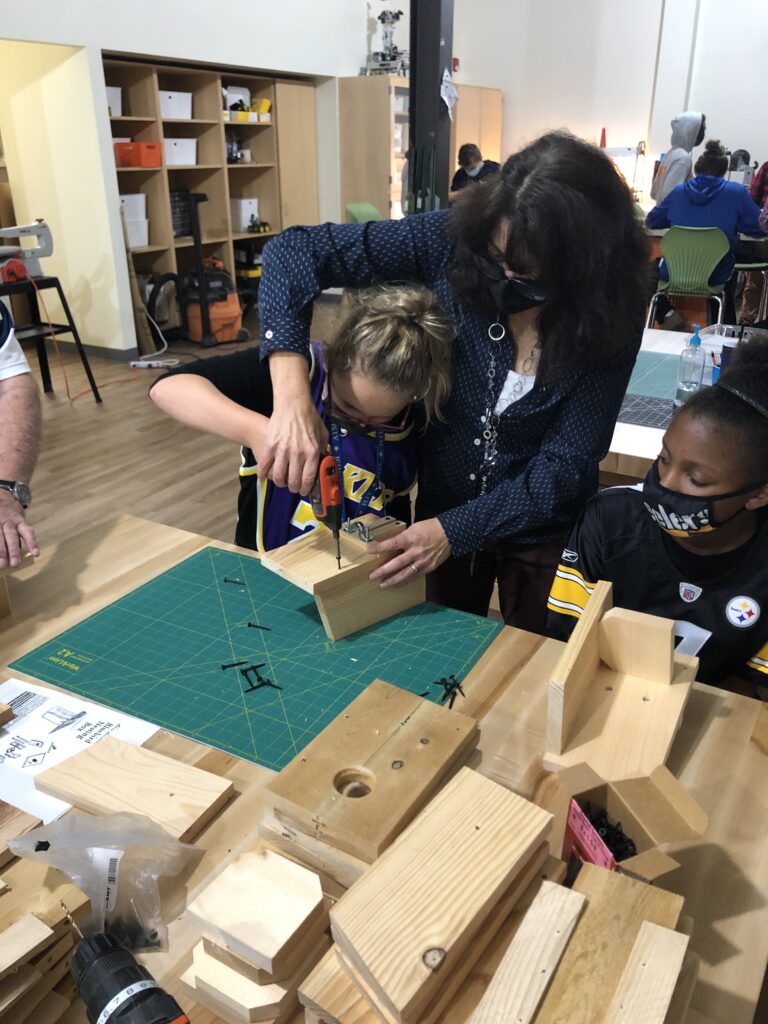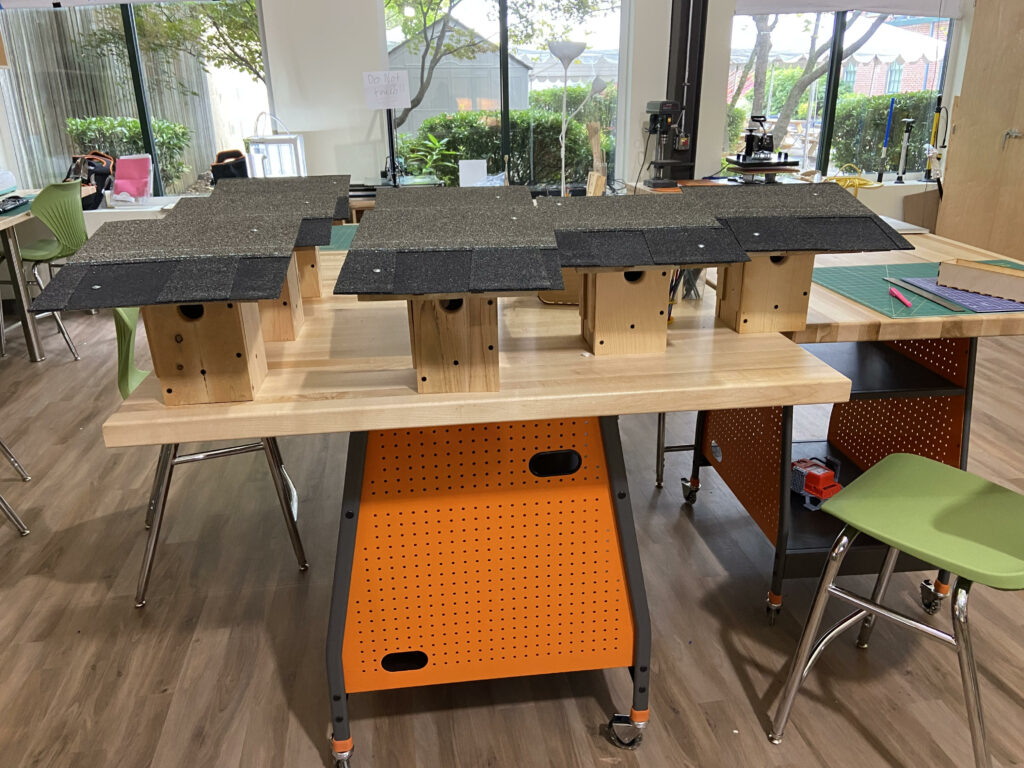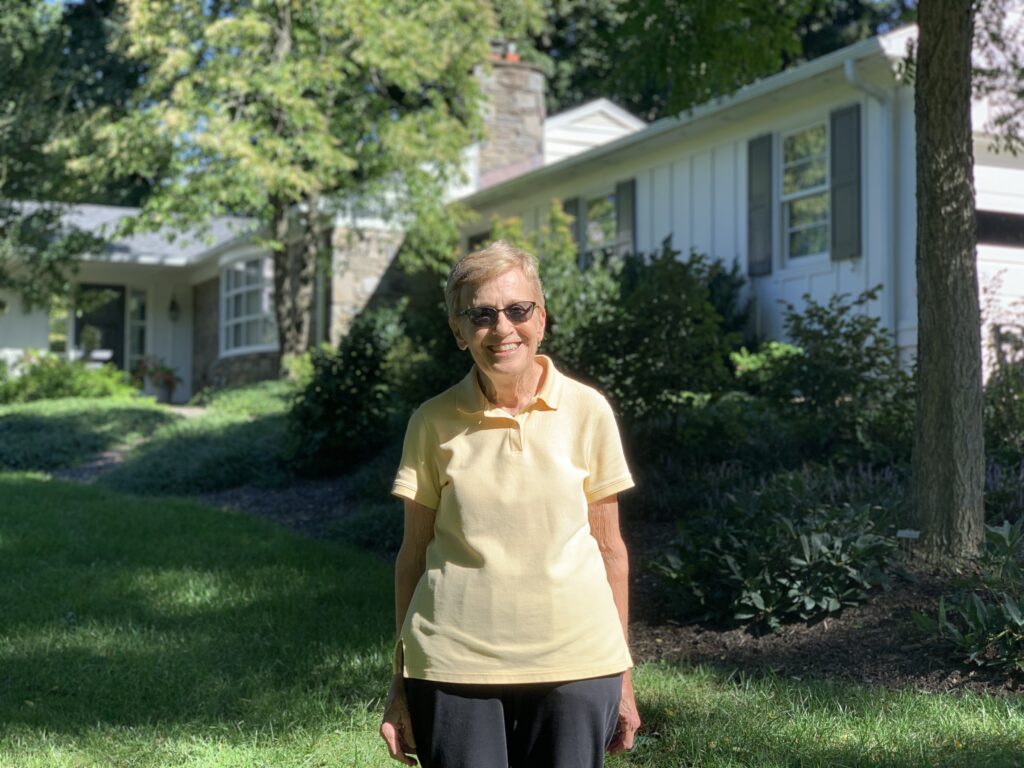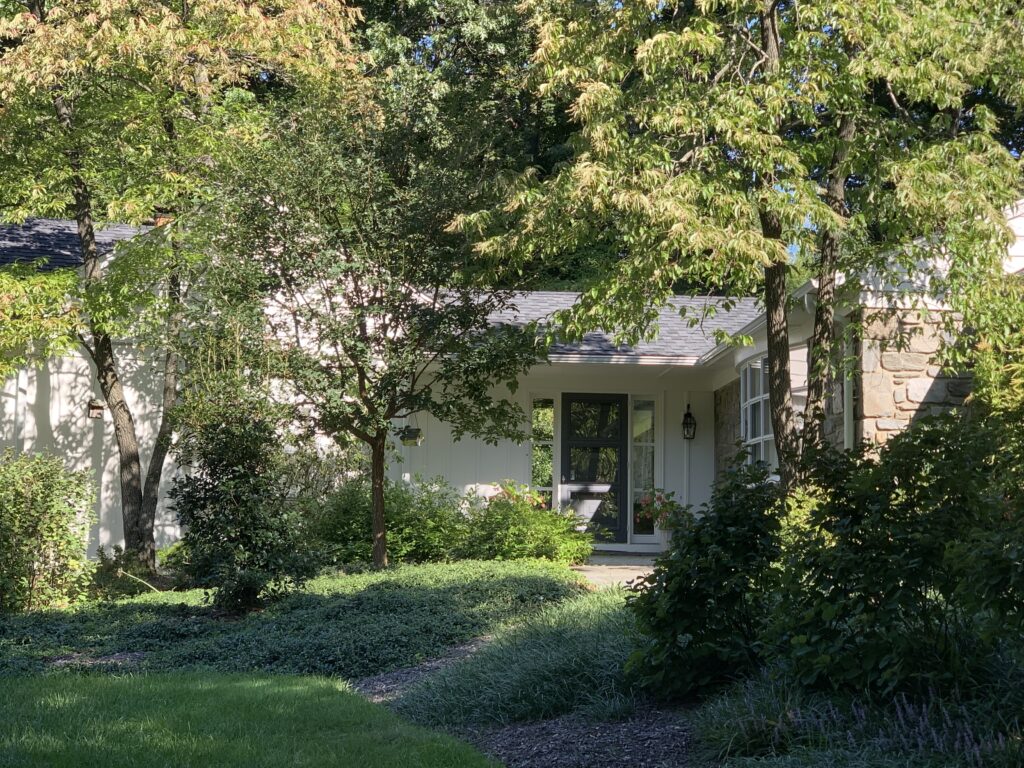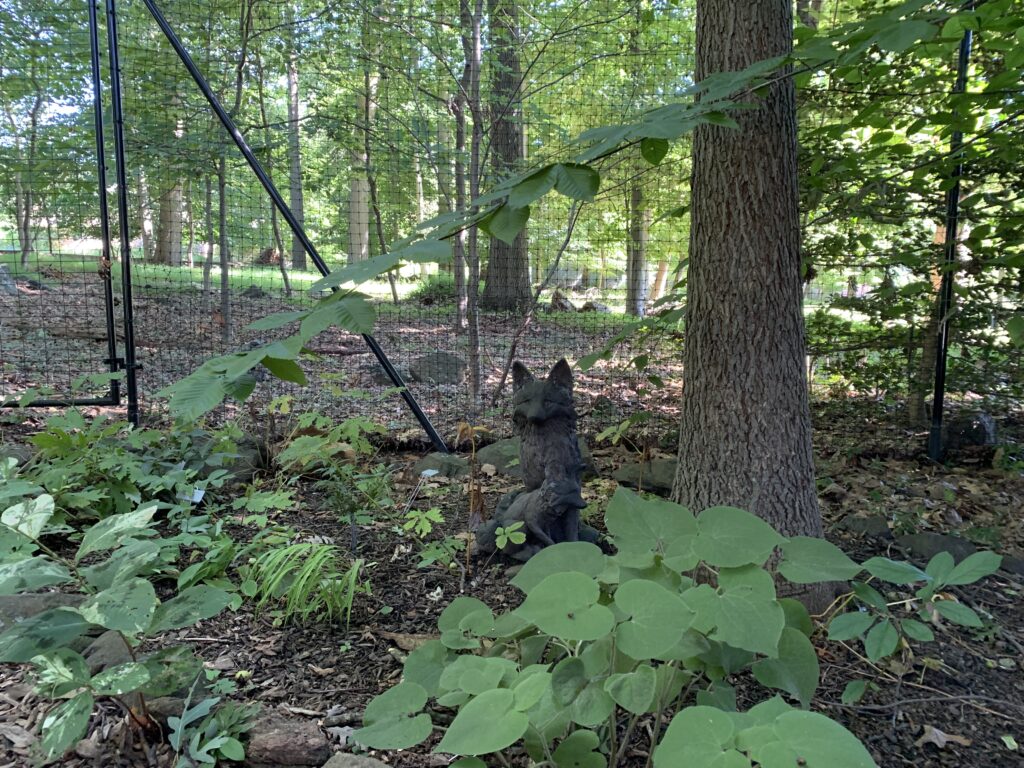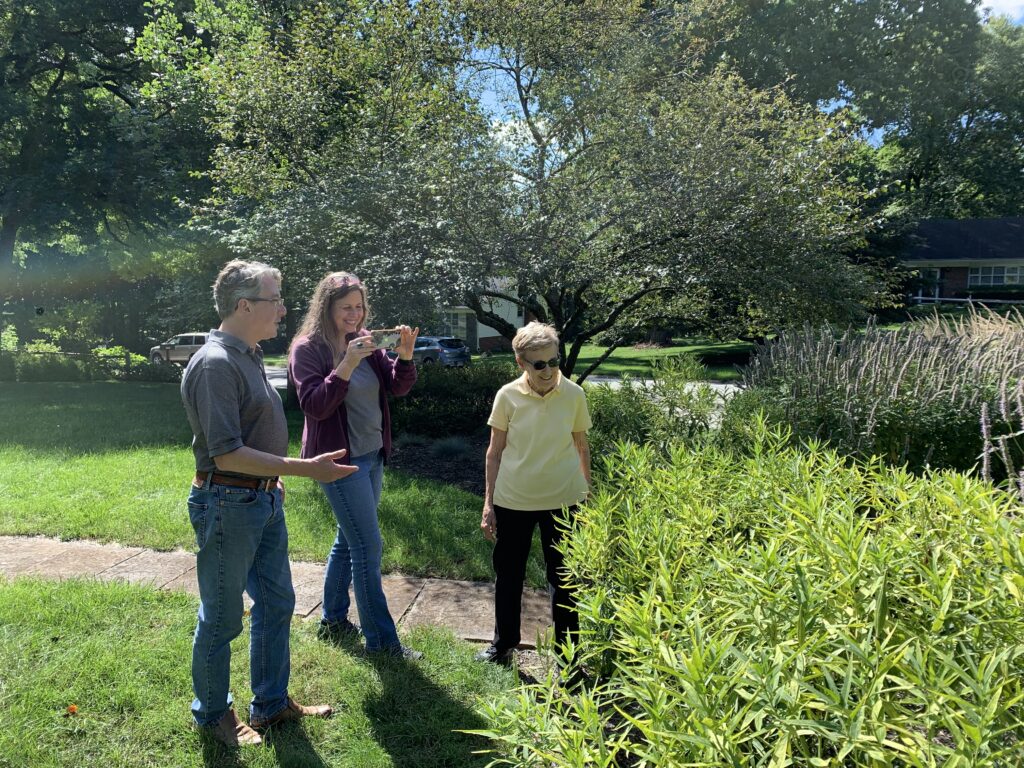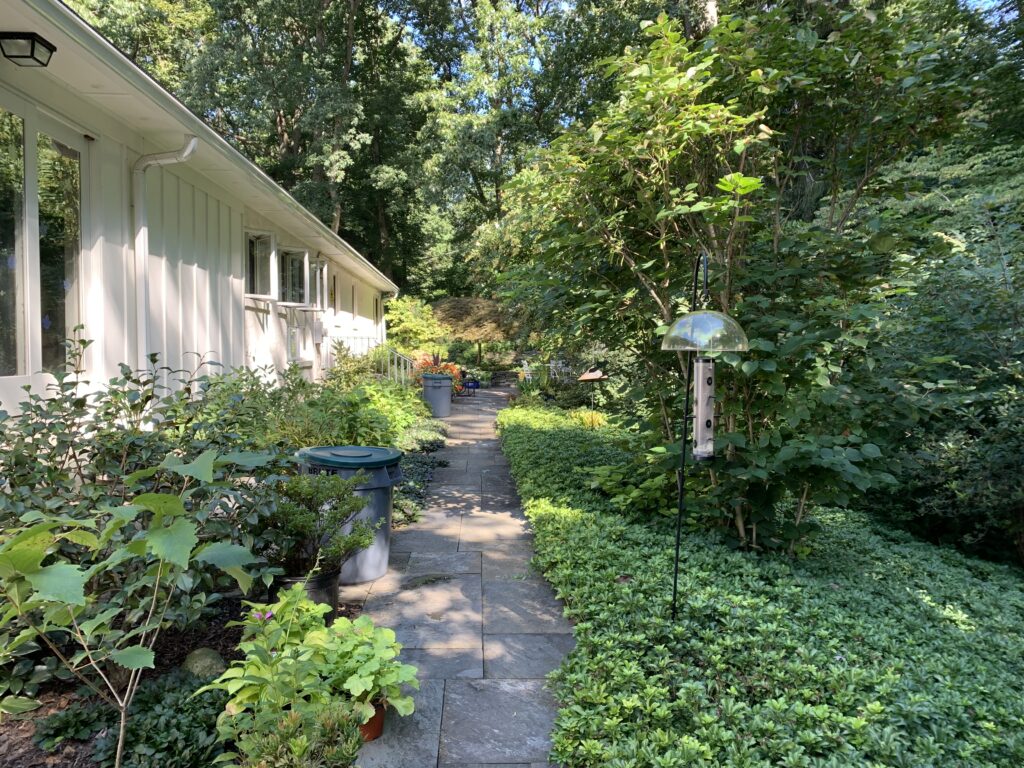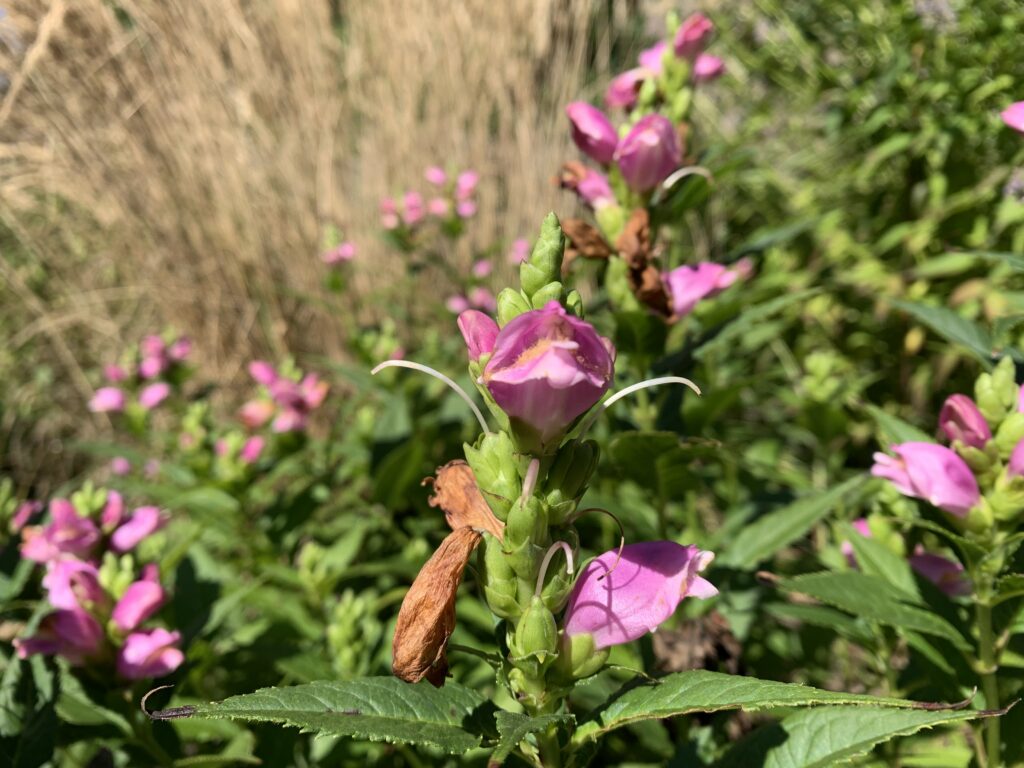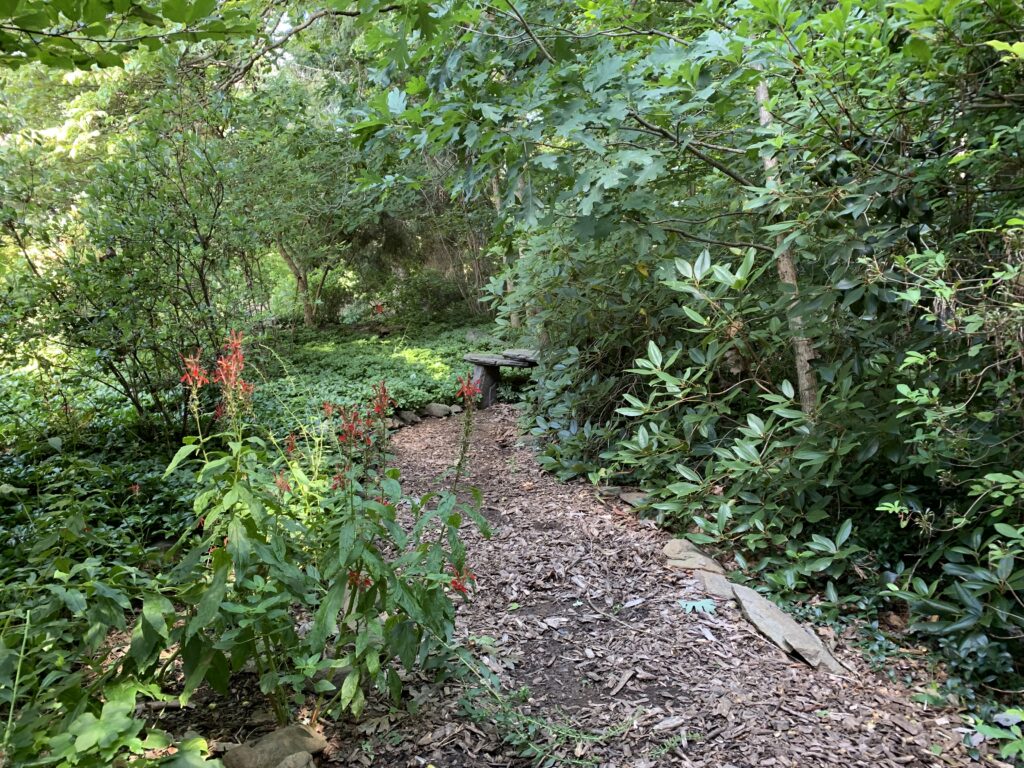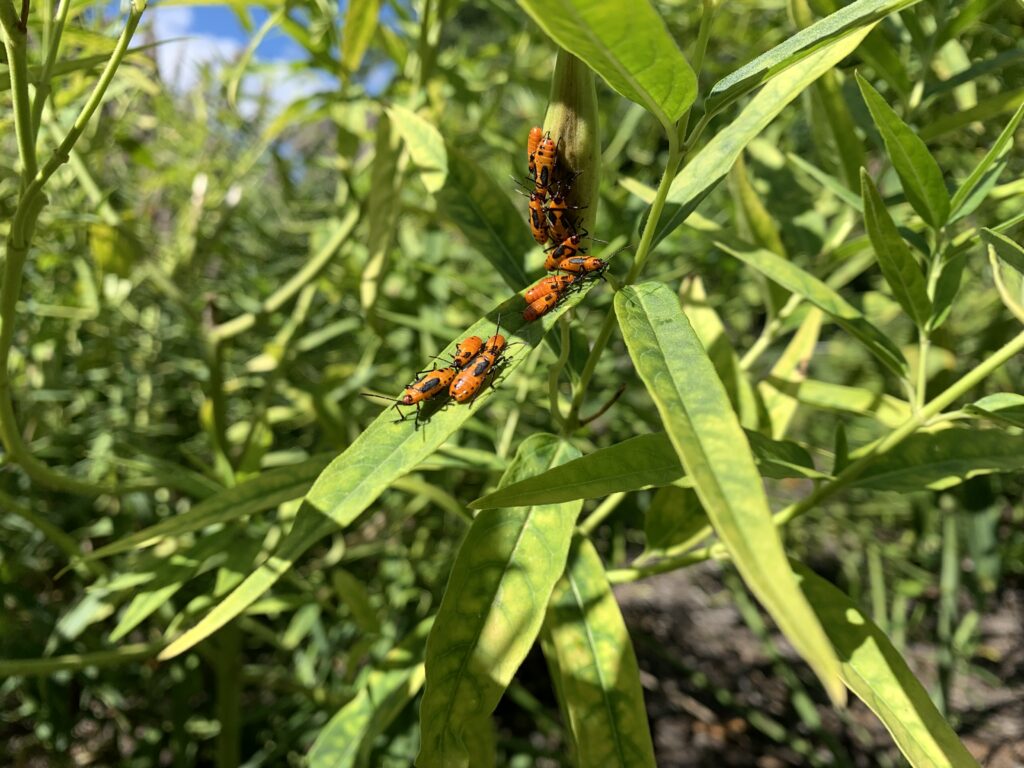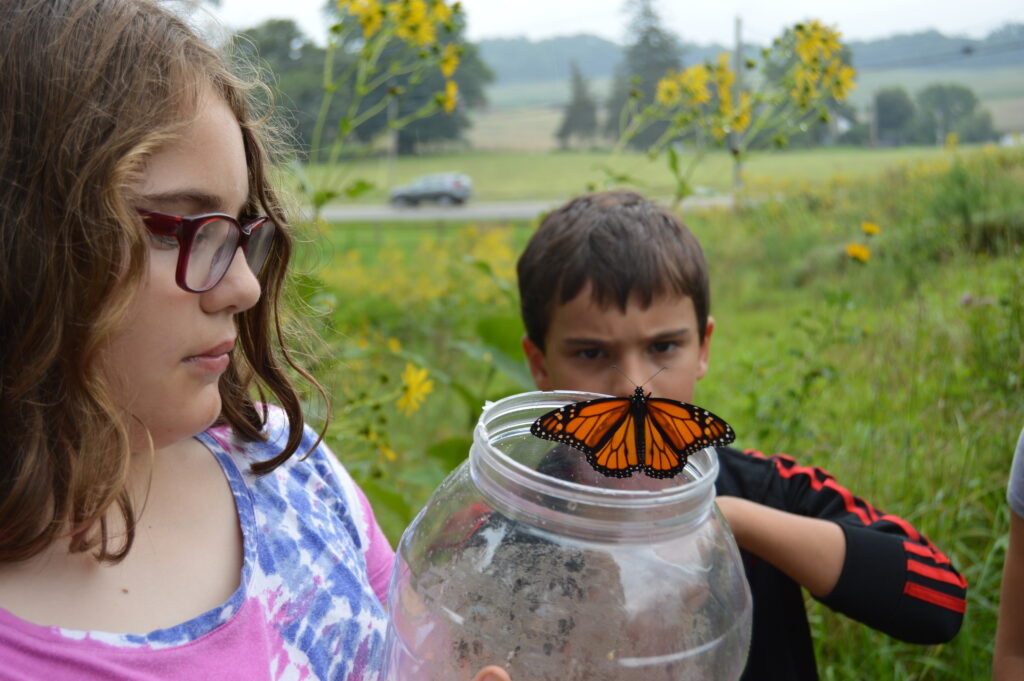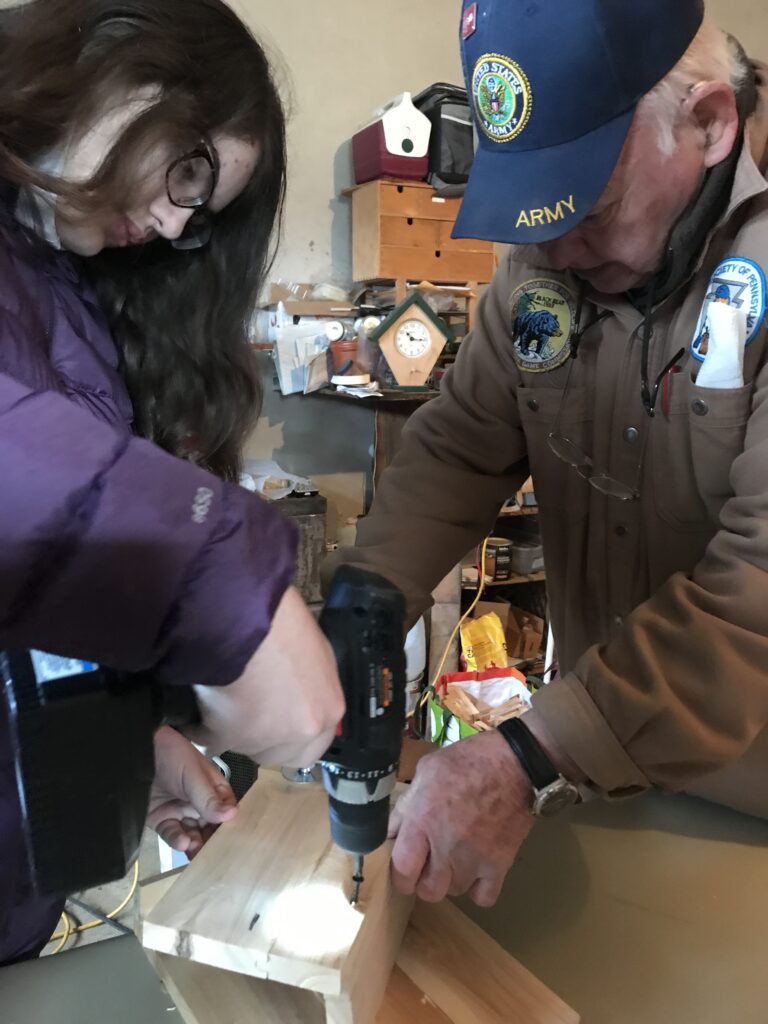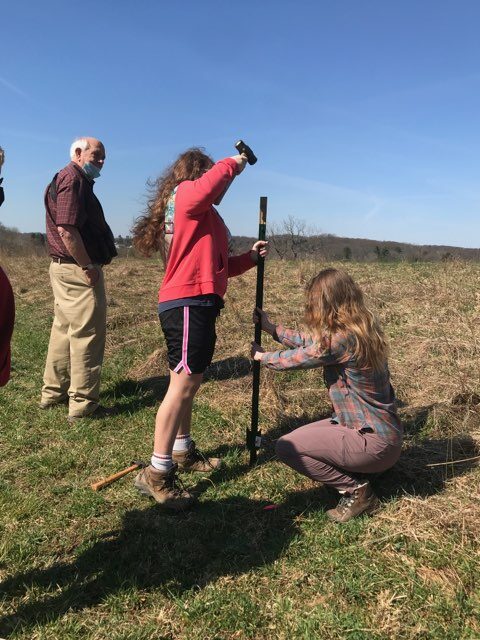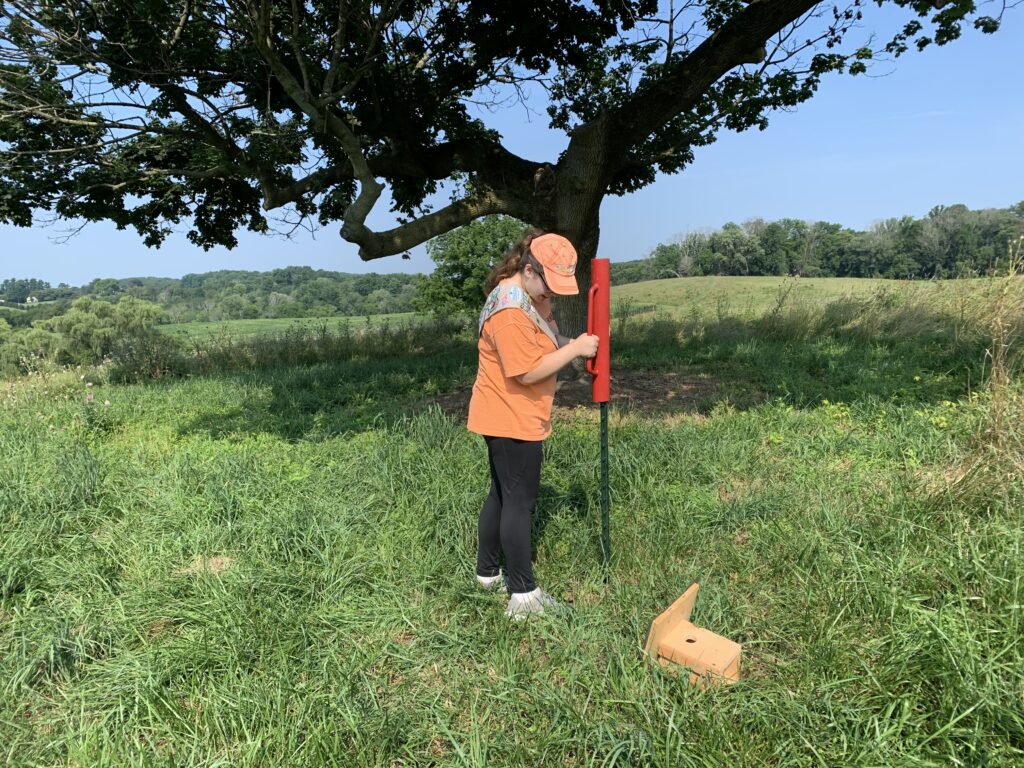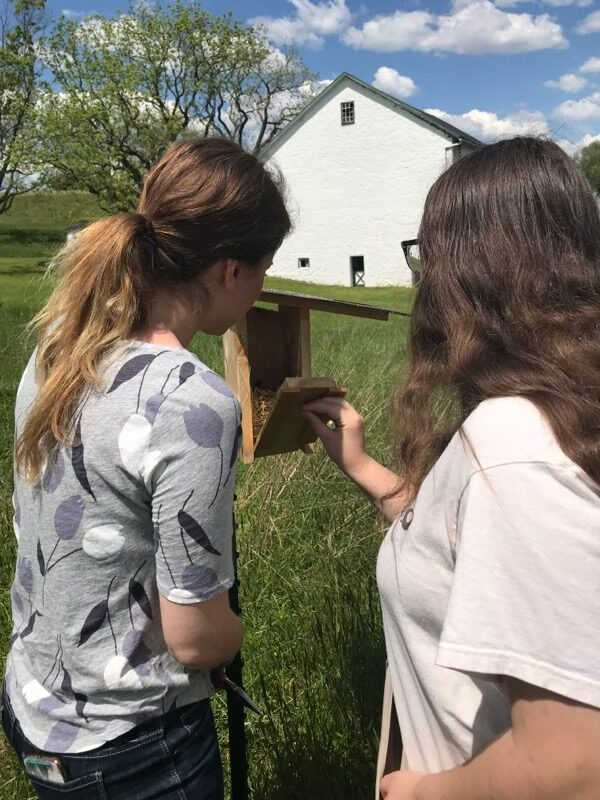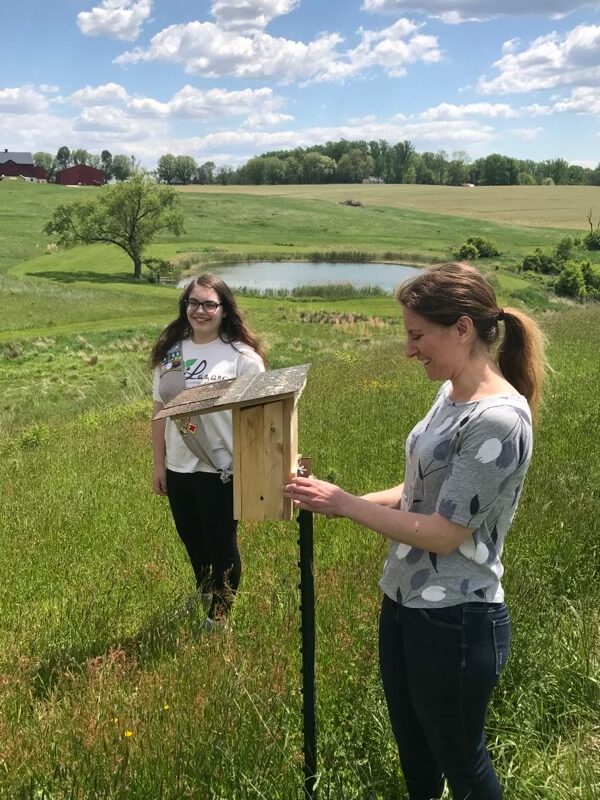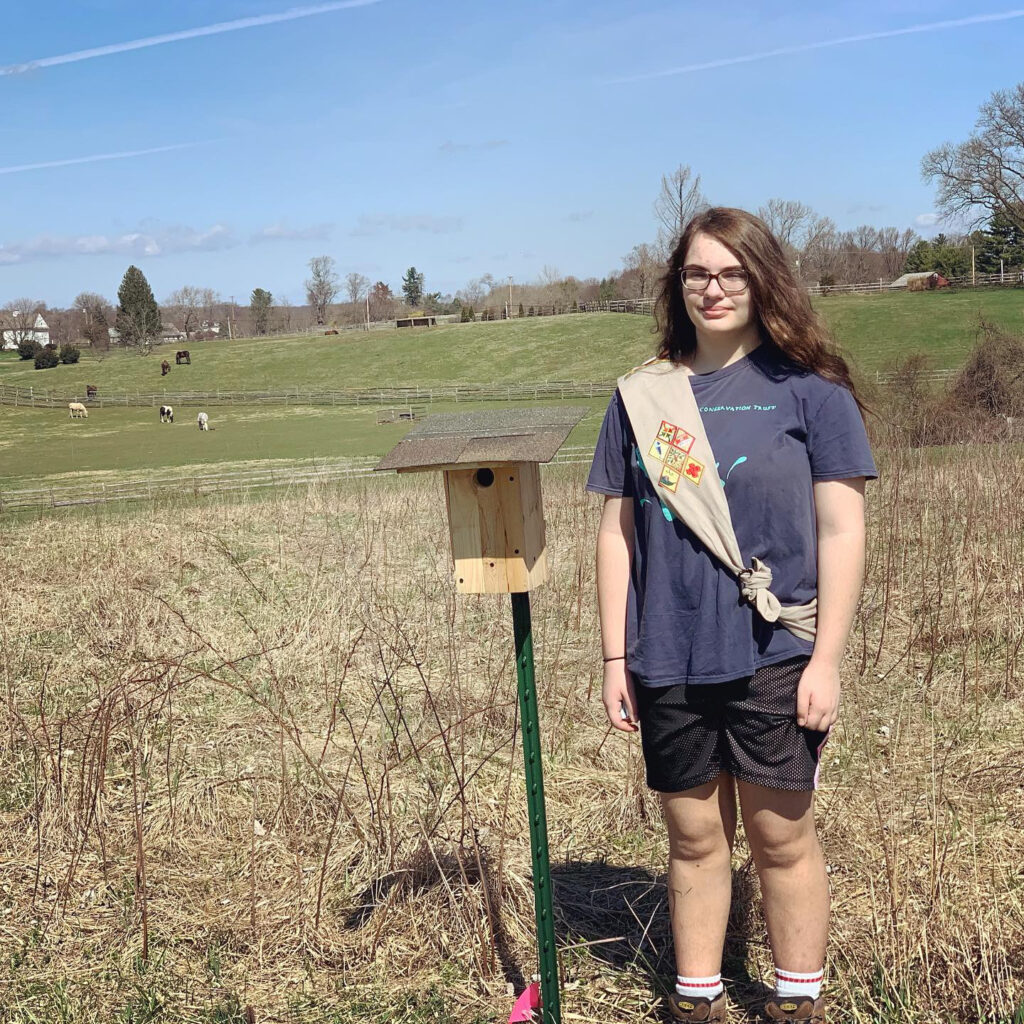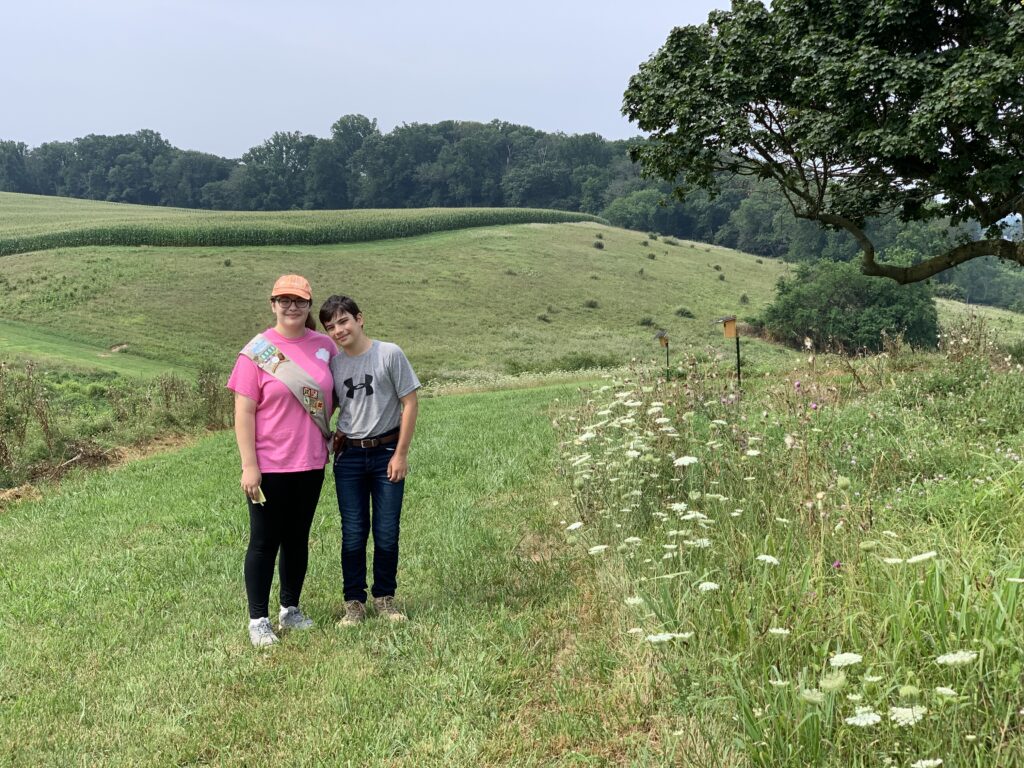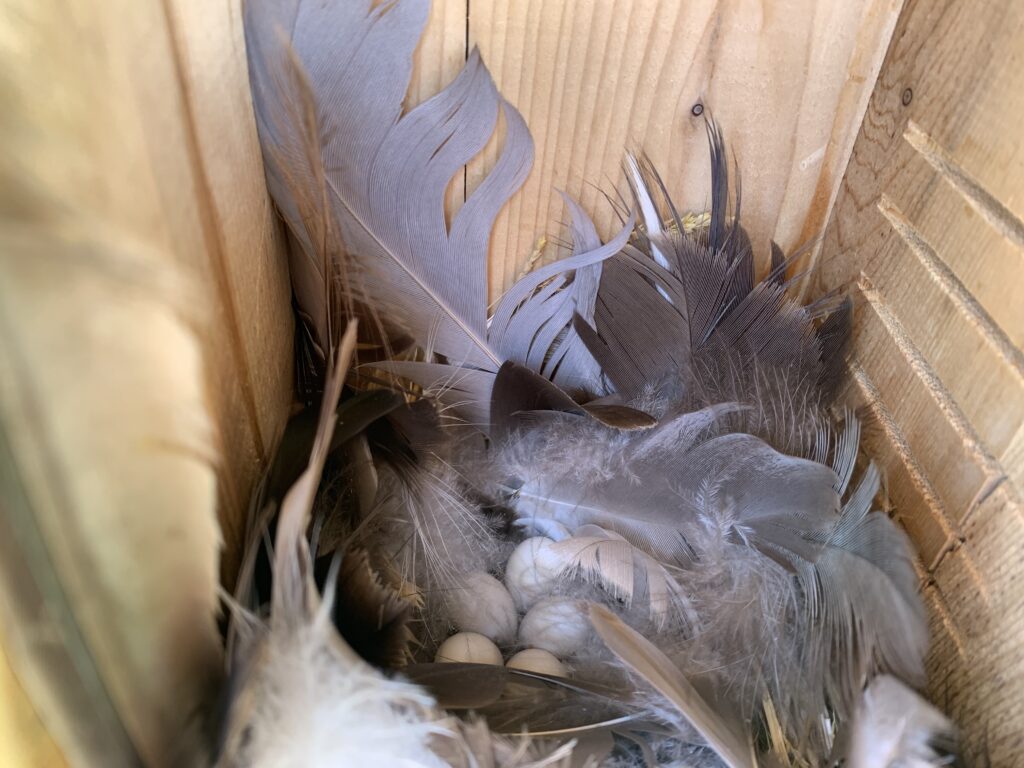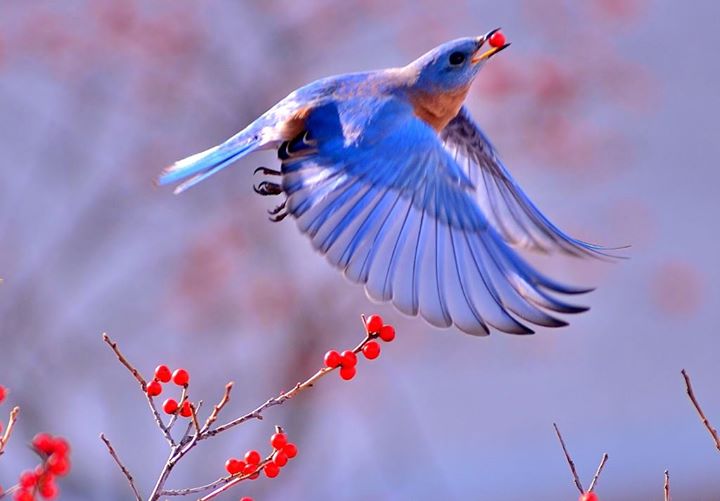WCT’s Growing Bird Friendly® Coffee Coalition
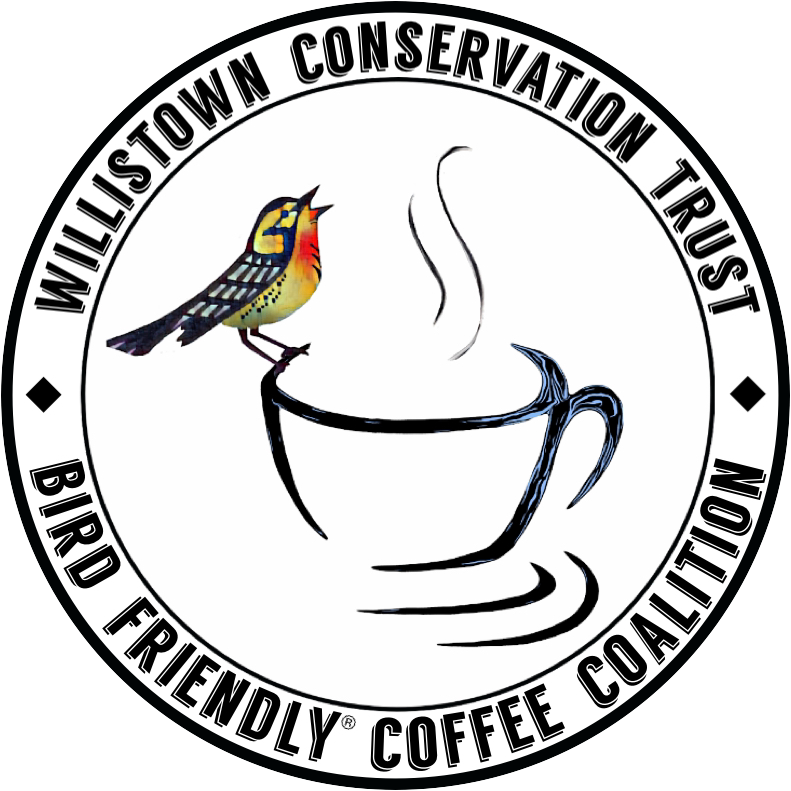
Bird populations in the U.S. and Canada have declined by 29% — almost 3 billion birds — in just five decades. Such a rapid loss signals a widespread ecological crisis and the inability of our ecosystems to support the rich levels of biodiversity they once did. The root cause of this tragic avian decline is habitat loss. Aside from development and urbanization, unsustainable conventional agriculture plays a major role in habitat degradation. Because many of our birds lead trans-hemispheric lives, dividing their year between temperate and tropical biomes, we must consider the origins of our agricultural products as far as Latin America to save migratory birds.
Coffee, one of Earth’s most valuable tropical export crops, is cultivated across 27 million acres. Traditionally a shade-loving tree, coffee naturally thrives in the understory of diverse tropical forests. In 1972, a sun-tolerant variety was introduced for near-sighted production gains. Today, three-quarters of the world’s coffee farms grow sun coffee in the wake of rainforest clear cuts. Destroying the habitat renders these sun-coffee farms devoid of ecosystem services (like naturally fertilizing leaf litter), and makes synthetic fertilizers, pesticides, and herbicides a necessary evil.
To conserve tropical habitats and protect migratory songbirds, scientists with the Smithsonian Migratory Bird Center developed a certification for coffee in the late 1990s called Bird Friendly®. This certified coffee is grown under a shade canopy of native trees, shrubs, and other plants that provide critical refuge for migratory and local birds as well as other wildlife of the tropical forest. The certification is the environmental gold standard in sustainable coffee farming because it uses a third party Bird Friendly® certification agency to inspect the farms for a stringent list of criteria, which also contributes to fighting climate change.

Last year, WCT formed the Bird Friendly® Coffee Coalition to increase awareness of and demand for Bird Friendly® coffee through educating and encouraging local roasters, merchants, and the public. As more consumers demand Bird Friendly®, more farmers will want to do the right thing, which in turn helps to conserve and regenerate tropical bird habitat. Thanks to the efforts of one exceptionally dedicated volunteer, Kirsten Snyder, who has immeasurably compounded the efforts of our limited staff, we now have twelve partners including local roasters, cafés, stores, and bird conservation organizations!

Gryphon Coffee Co. is based in Wayne with two other thriving café locations in West Chester and Philadelphia. Once they learned about Bird Friendly® coffee and visited our bird banding station at Rushton Woods Preserve, the owners were excited to join our mission. They enthusiastically developed a Bird Friendly® certified coffee to add to their line, called Blackburnian Brew, in honor of one of our most beautiful warblers that is known to overwinter on Bird Friendly® coffee farms. This medium roast is now available for purchase at all three of their cafés as well as on their website.
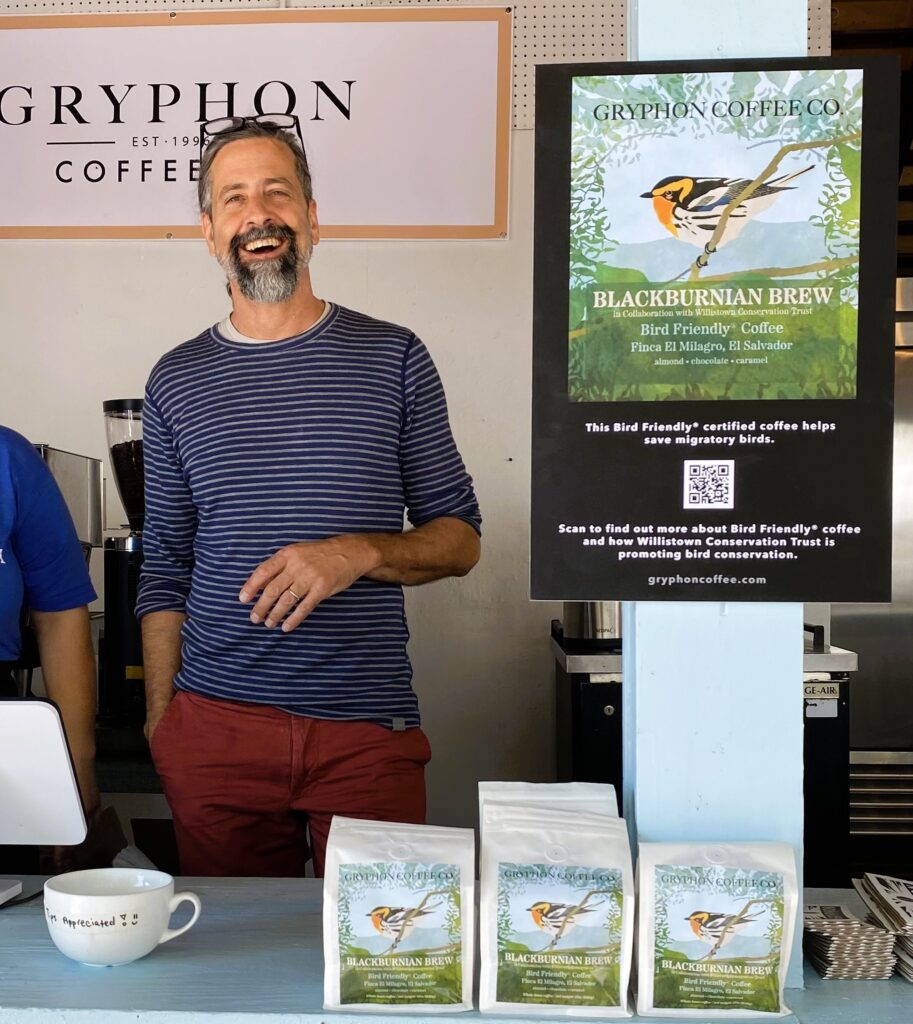
Kimberton Whole Foods is a popular and influential chain of eight markets in Berks, Bucks, and Chester Counties. Kimberton management decided to offer Bird Friendly® coffee at all of their store cafés with Gryphon as the sole supplier! Rich Mattis, owner of Gryphon Coffee Co., said, “I now have a desire to learn more about the specific requirements of each (bird) species and more about the specifics of a healthy ecosystem. Bird Friendly® now has a place in the equation for all of my purchases, and I’m pleased I’m creating demand for it.” He has begun conversations with old suppliers and new ones, even teaching some of the suppliers about Bird Friendly® certification. Rich is looking forward to expanding his line of Bird Friendly® coffee, and he and his wife are now counseling Central American coffee farm investors on the critical importance of Bird Friendly® farms.
The Coffee Scoop is a second generation roaster in Pipersville, PA that imports over $100,000 in coffee beans each year. Owner Bethani Wright speaks fondly of her hard-working parents who started the business from the family farm she grew up on. They loved visiting local cafés in search of the best cup of coffee and because they couldn’t find that perfect cup, they started roasting their coffee. Bethani’s dad worked to become a Master Roaster, the milk house of the farm was converted to the roast house, and in 2005 The Coffee Scoop launched! It became the artisanal pioneer of Fair Trade Organic coffee in Bucks County and surrounding areas.
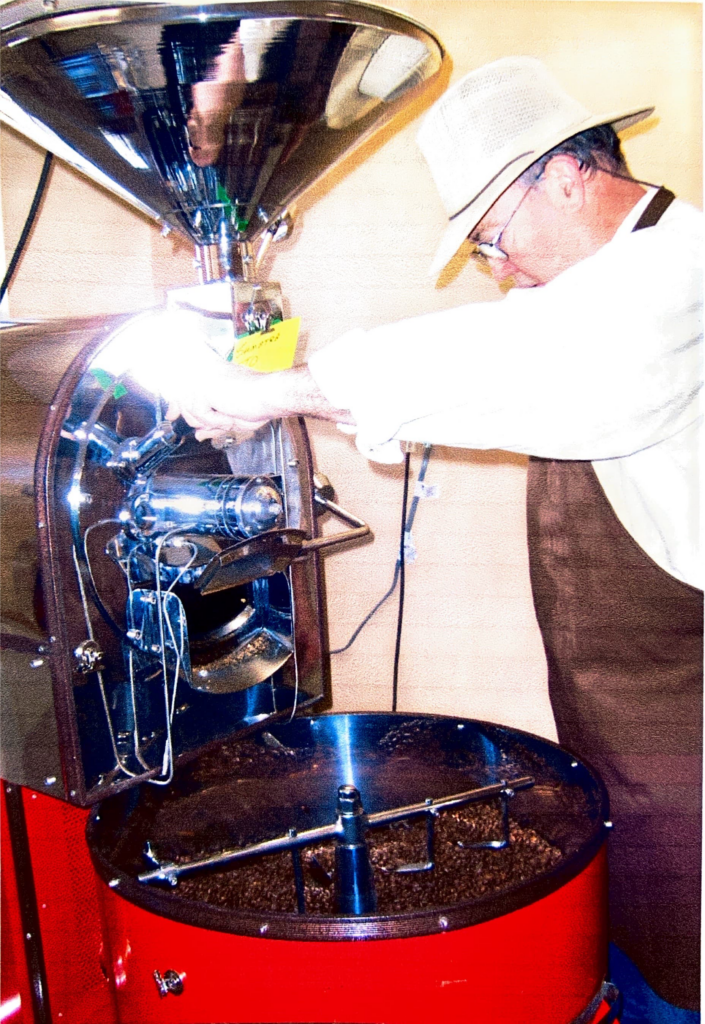
“As long as I can remember, the love of birds runs deep in our family. Both of my parents taught me about birds. I still have the bird book they gave me decades ago, and it is rarely put back on the shelf,” Bethani reflects. “Roasting is not a job. It’s a passion and responsibility of which we must intentionally steward.” Since she took over her parents’ business in 2020, she has been seizing every opportunity to move towards ethical sustainability, so Bird Friendly® was a natural fit. Bethani smiled, “I would like to believe that I’m making Dad proud as I continue his amazing legacy. I picture my dad giving me his wink as I now partner with WCT’s Bird Friendly® Coffee Coalition. The Coffee Scoop’s first Bird Friendly® coffee, called Featherweight, is now available for purchase through their website and at Kimberton Whole Foods markets.
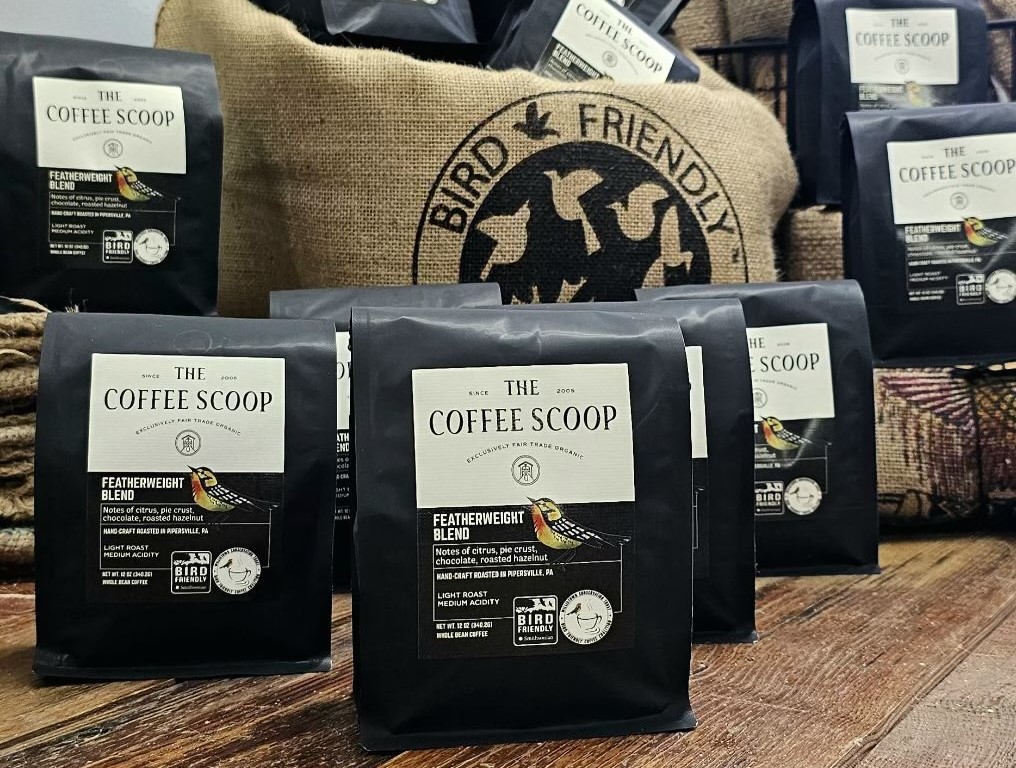

Tomorrow’s Coffee has been added to our rapidly growing list of partners. Kelsey Illuzzi-Koval and her husband founded the company after learning about Bird Friendly® coffee with their small children during a trip to Disney World. In addition to their affinity for coffee, they are nature lovers. As parents, they want to preserve Earth’s beauty and wonder for generations to come, and so Tomorrow’s Coffee was born.
It is heartening to know that every one of us has the power to make an impactful difference for birds and our planet by simply being mindful of the coffee we hold in our mugs each morning. Every cup counts; make yours Bird Friendly®!
Please visit our Bird Friendly Coffee Coalition webpage to learn more about bird friendly coffee and to view our list of participating roasters. Here you can click through our lineup of coffees to order online! While you’re there, grab an “Every Cup Counts” t-shirt to help spread the word about this important cause.
